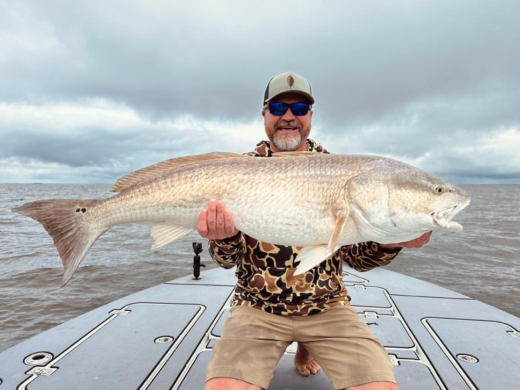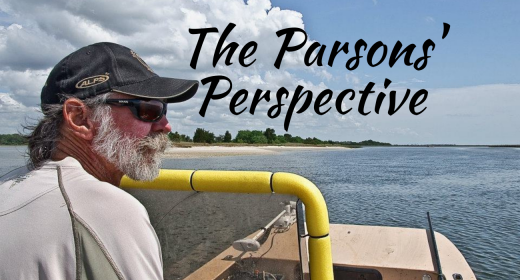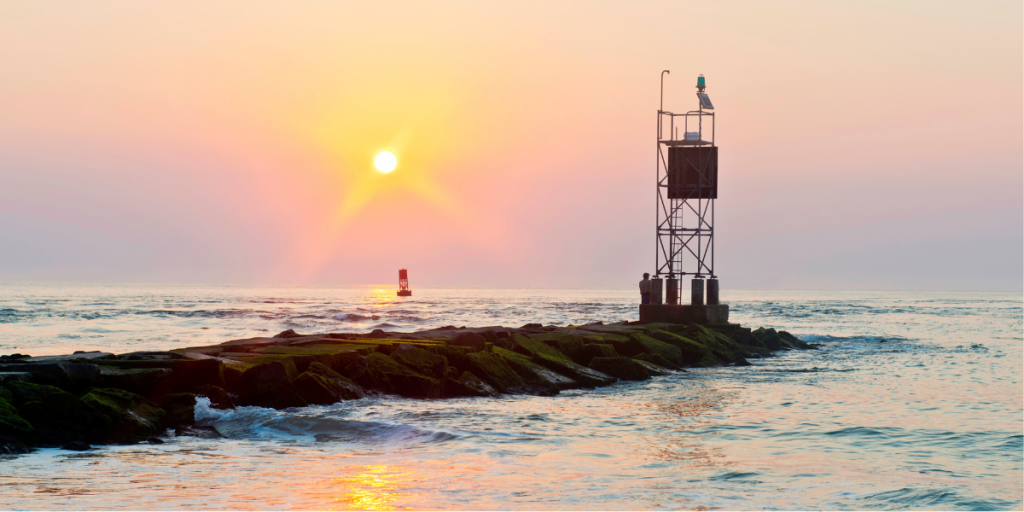The Art of Fishing the Jetties
Jetties play a significant role in both boating and fishing, not to mention the reduction of erosion along the coast. They also serve to protect the inlets by making sure that boats entering the inlet have adequate water depth. Jetties also reduce the wind therefore making the seas less disturbed and safer to navigate.
Jetties can also be a great spot for fishing. You can always bet the moving water with nearby structures means baitfish and therefore larger fish like Redfish, Speckled Trout, and Flounder. Baitfish often use a structure for protection from feeding fish and the food sources that it also can provide for them.
The trick is to know the factors that make jetties your fishing successful, such as the current, the types of bait, and when they migrate, as well as the species of fish that drive them to feed there. Depending on which side of the jetty you will be fishing also influences the conditions and how you fish in the area. While fishing on the outside of the wall, it’s important to remember the inside of the jetty is where the stronger current will be, and therefore the more bait movement and targeted species are feeding. The wind will also play a role in determining the best side for the moving bait and ultimately the best location for fishing.

Unless you get in close to the structure, you likely won’t be very successful. Get in close, but not too close. A passing wake or slipping anchor can put you on the rocks before you know it. It’s also a good idea to carry a spare anchor in the event your primary one gets hung on the rocks and you’re forced to cut the line. This is an event that happens often and can end a great day of fishing before you want it to.
Try to cast onto the rocks near the water’s surface or structure and quickly jerk it off into the water. This will limit the danger of getting hung on the rocks while getting your lure right on the fish you’re looking for. Be ready for a sudden strike. The bigger fish are looking for bigger targets and they don’t want their buddies to strike first.
The first time you fish the jetty may end up being a slow day, however, keep changing tactics, and be aware of the tide location where they bite the best. Also, know the type of baitfish that frequent the area you are fishing for as well as the species that frequent that location, then rig up accordingly. Again, there are lots of factors to consider and all of them play an important role in your success.
Also, be alert. The jetties can be dangerous, and things can happen quickly. Keep alert and fish hard.

You may be interested
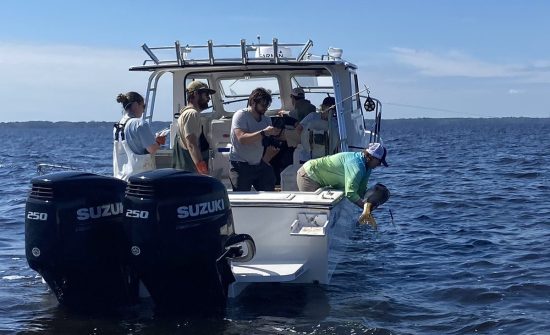
Satellite Tracking Study Aims To Unlock More Red Drum Secrets
Tim Wilson - April 8, 2025A pilot study tracking a popular saltwater fish was not expected to yield as much information as it did in its first year. When the North Carolina…
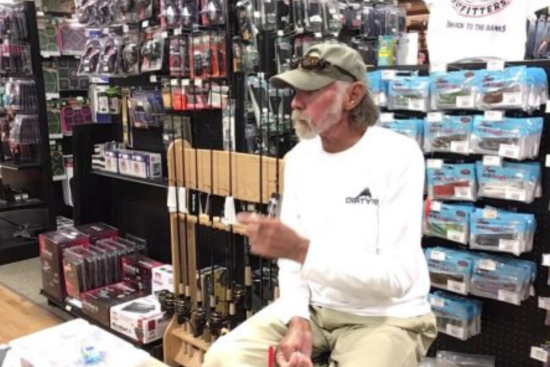
9 Things Fishing Guides Won’t Tell You
Tim Wilson - April 8, 2025We’re all amazed at how fishing guides nearly always know what to do and where to go to put fish in the boat. Most guides are fishing…
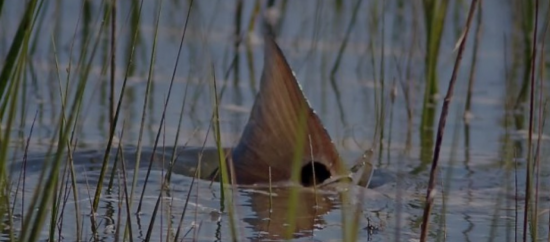
How the Moon Phase Impacts Inshore Fishing
Tim Wilson - April 3, 2025The late spring and early summer months are a time of the year when the inshore goes thru a transition period. It's when the fish come out…
Most from this category
